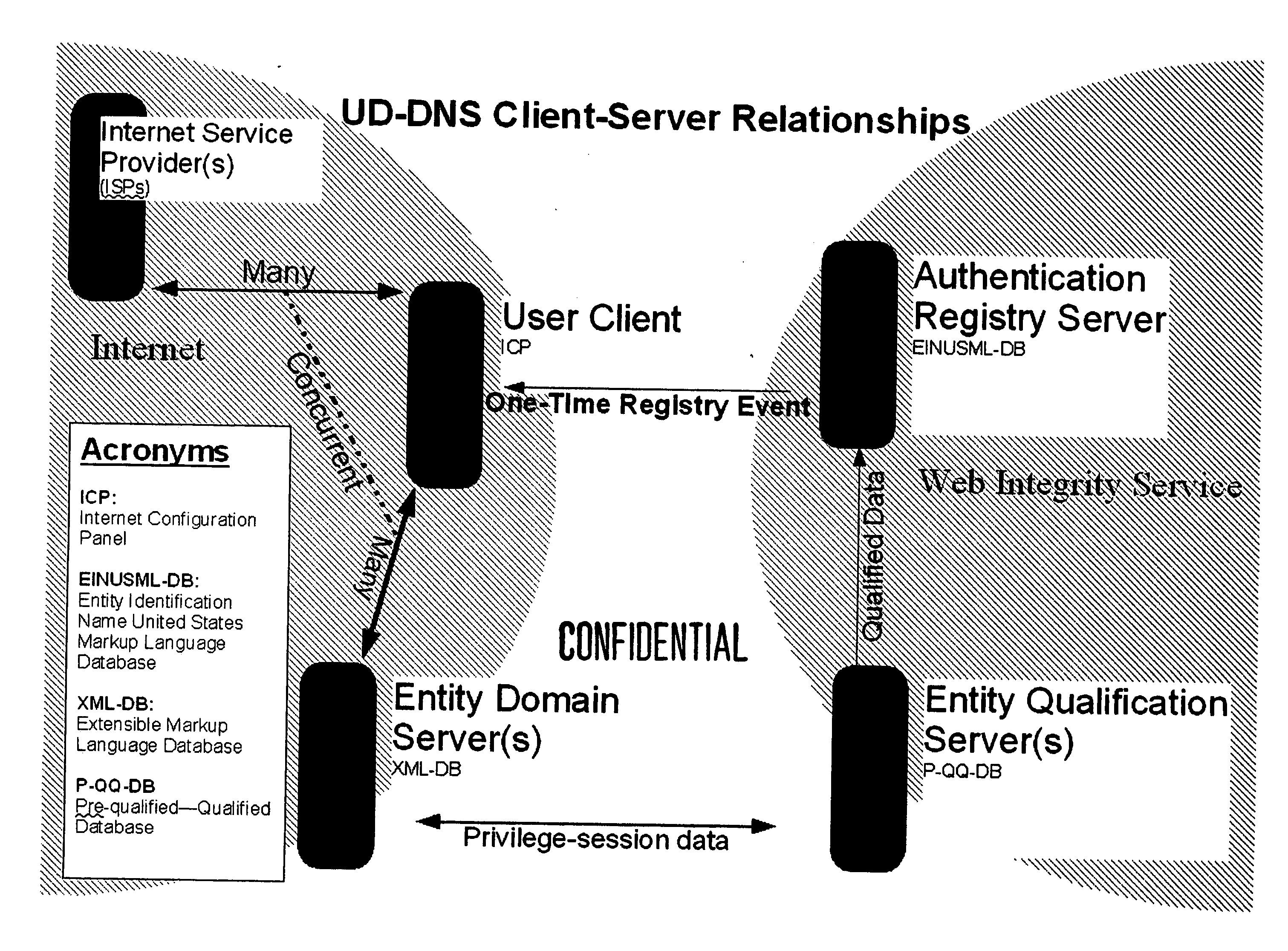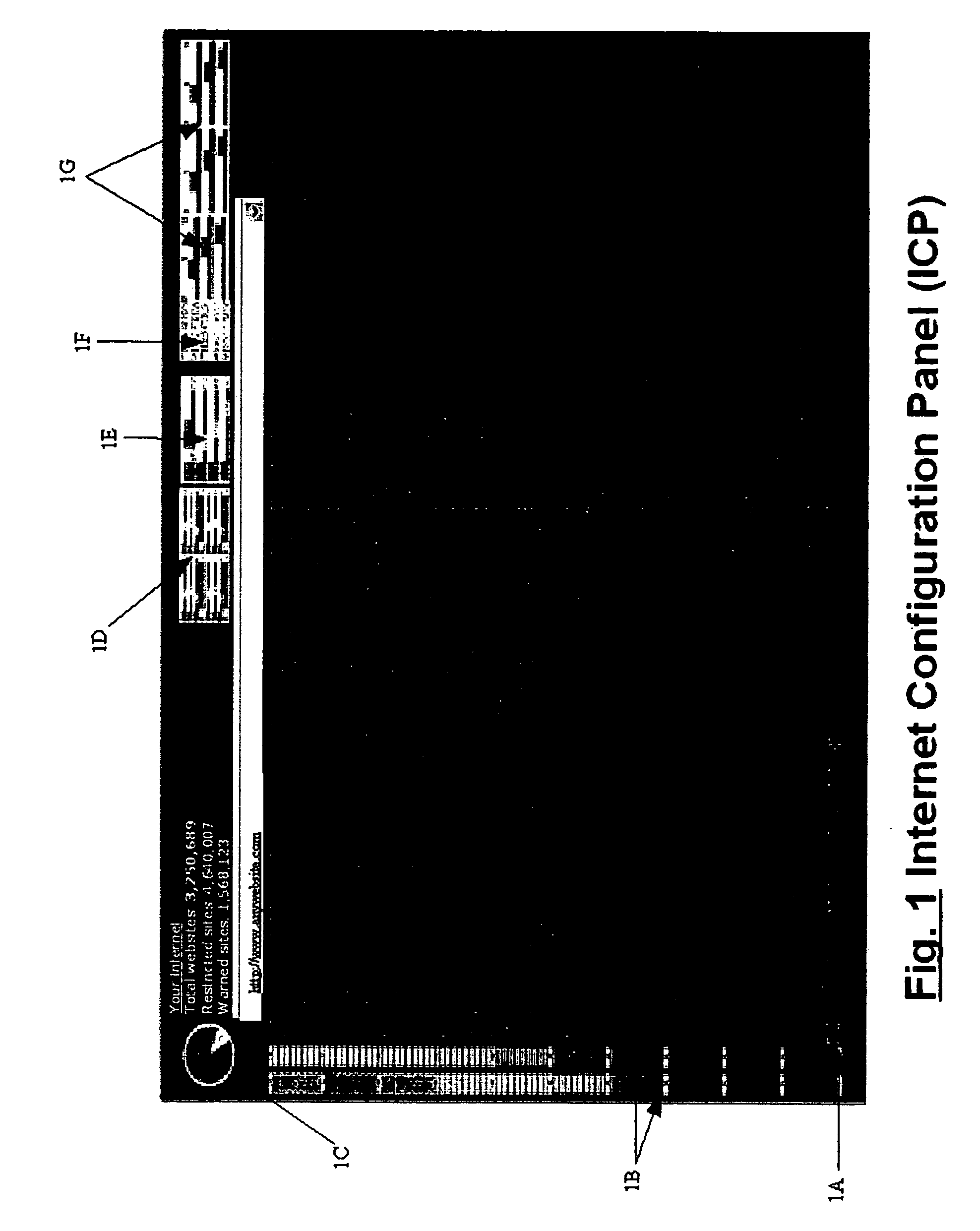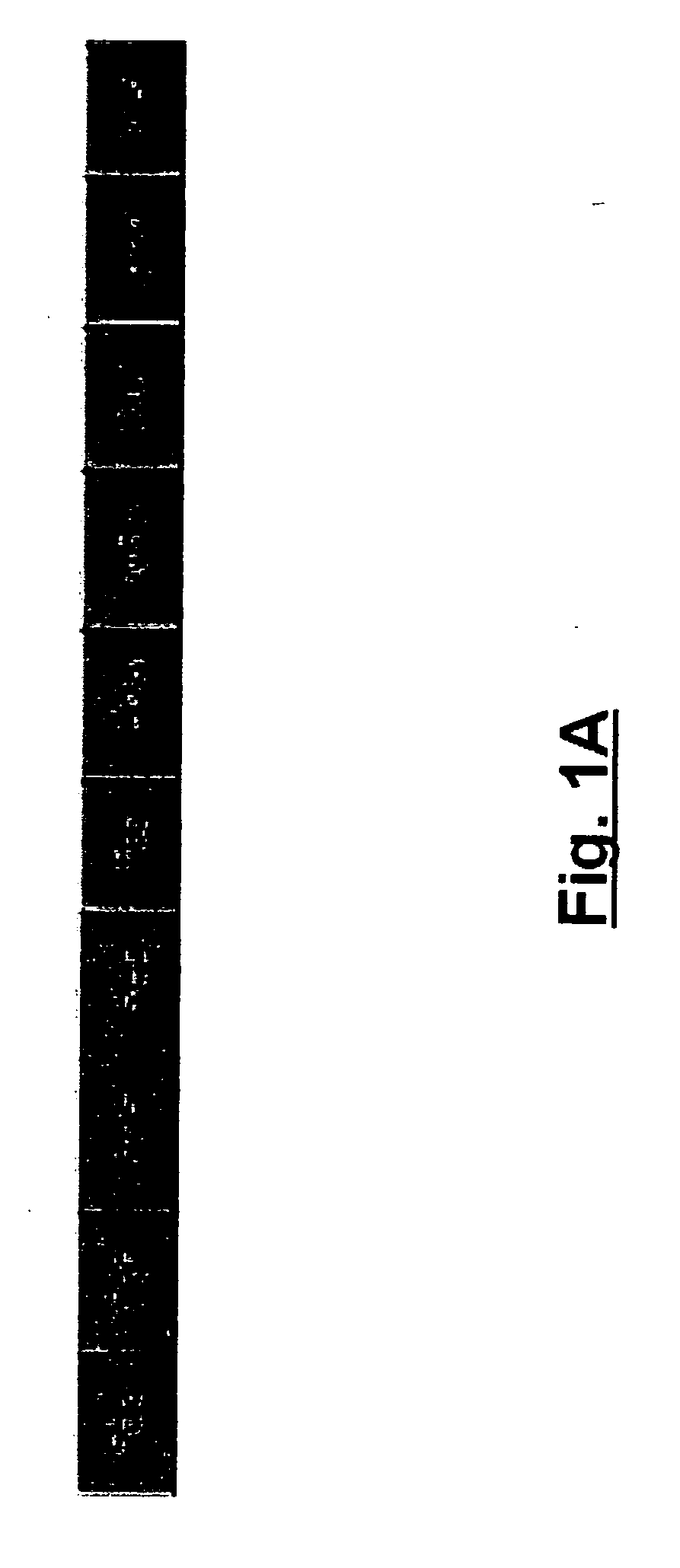Processing taxonomic extensions on the world wide web to implement an integrity-rich intelligence apparatus
a technology of integrity-rich intelligence and taxonomy, applied in the field of processing taxonomy extensions on the world wide web to implement integrity-rich intelligence apparatus, can solve the problems of inappropriateness of the current simple architecture of the internet operating system, unfavorable interactivity, etc., and achieve the effect of improving quality, content precision, and interaction
- Summary
- Abstract
- Description
- Claims
- Application Information
AI Technical Summary
Benefits of technology
Problems solved by technology
Method used
Image
Examples
Embodiment Construction
[0085] In 1998, the U.S. Department of Commerce decided to set up a private company to serve as the primary policy-maker with regard to domain naming and assignment conventions for the Internet. That company is the Internet Corporation for Assigning Names & Numbers (ICANN), and is heavily burdened with international policy. Around the same time, the extensible markup language (XML) and many of its subset languages—such as MathML—were in process for candidate recommendation status by the World Wide Web Consortium. That is, XML and its subsets were being drafted and then, through consensus-based methods, set as standard web languages through which any Internet user could utilize in building a domain space on the Internet.
[0086] As the Department of Commerce (DoC) is still closely in a working relationship with ICANN, the invention may be implemented by obtaining, through DoC, for the purposes of building the Entity Identification Name United States Markup Language Database (EINUSML-D...
PUM
 Login to View More
Login to View More Abstract
Description
Claims
Application Information
 Login to View More
Login to View More - R&D
- Intellectual Property
- Life Sciences
- Materials
- Tech Scout
- Unparalleled Data Quality
- Higher Quality Content
- 60% Fewer Hallucinations
Browse by: Latest US Patents, China's latest patents, Technical Efficacy Thesaurus, Application Domain, Technology Topic, Popular Technical Reports.
© 2025 PatSnap. All rights reserved.Legal|Privacy policy|Modern Slavery Act Transparency Statement|Sitemap|About US| Contact US: help@patsnap.com



